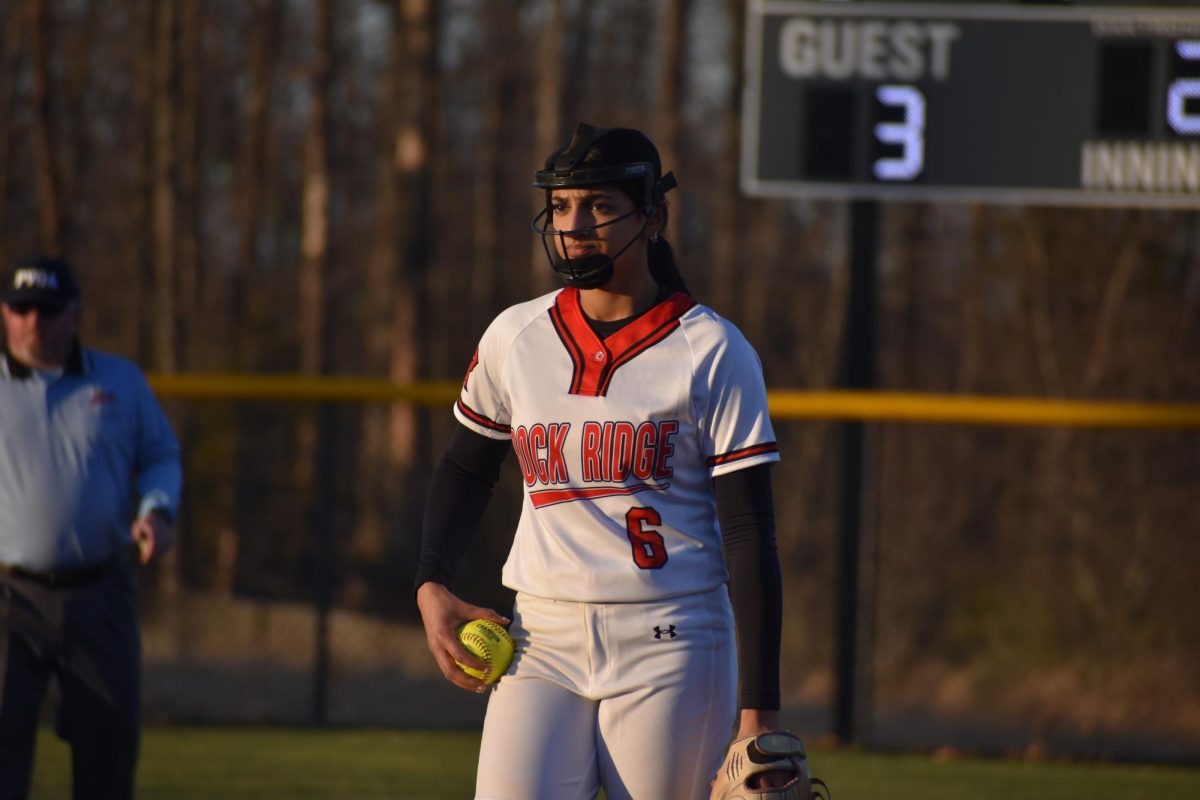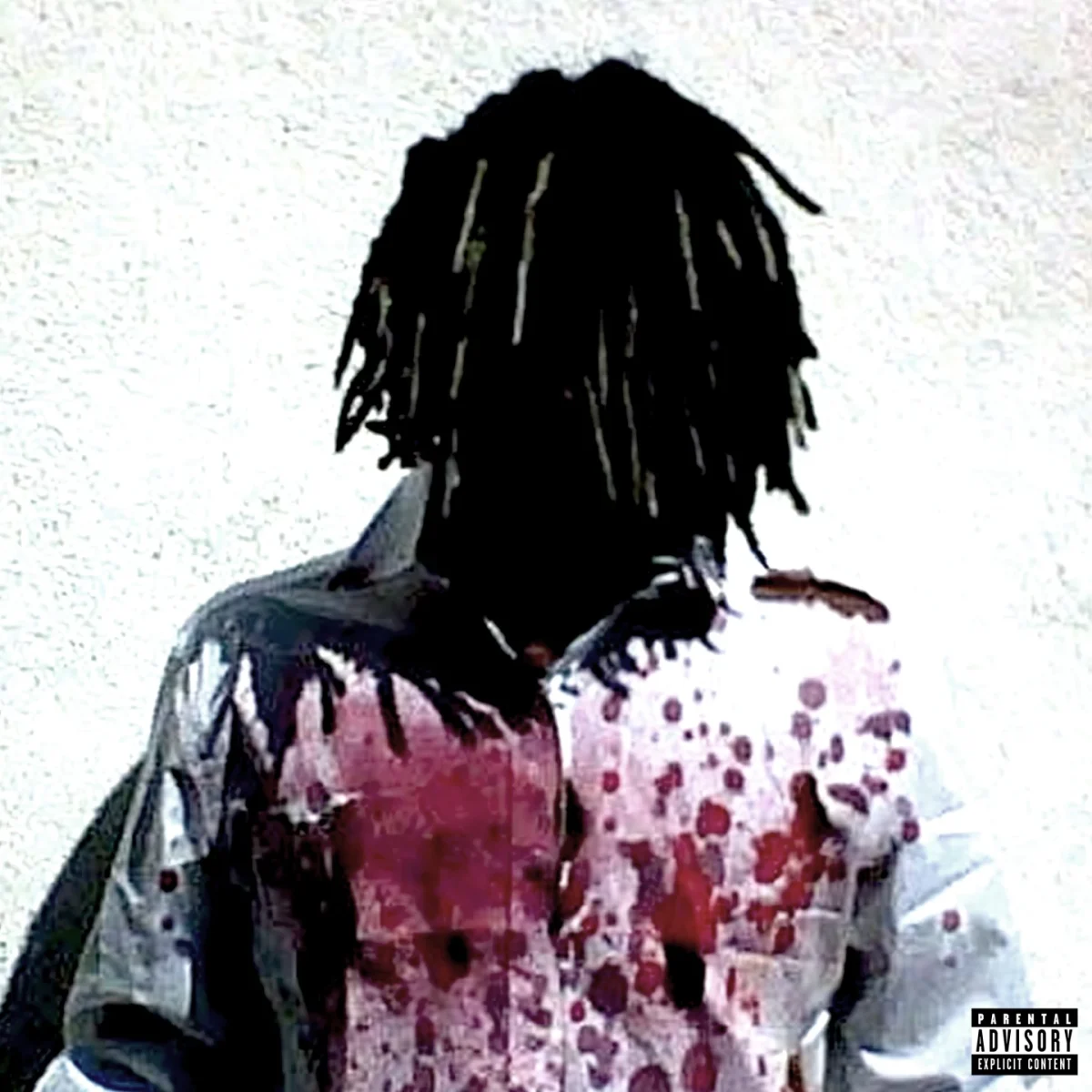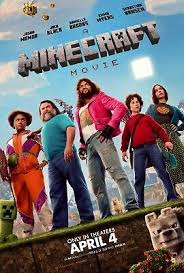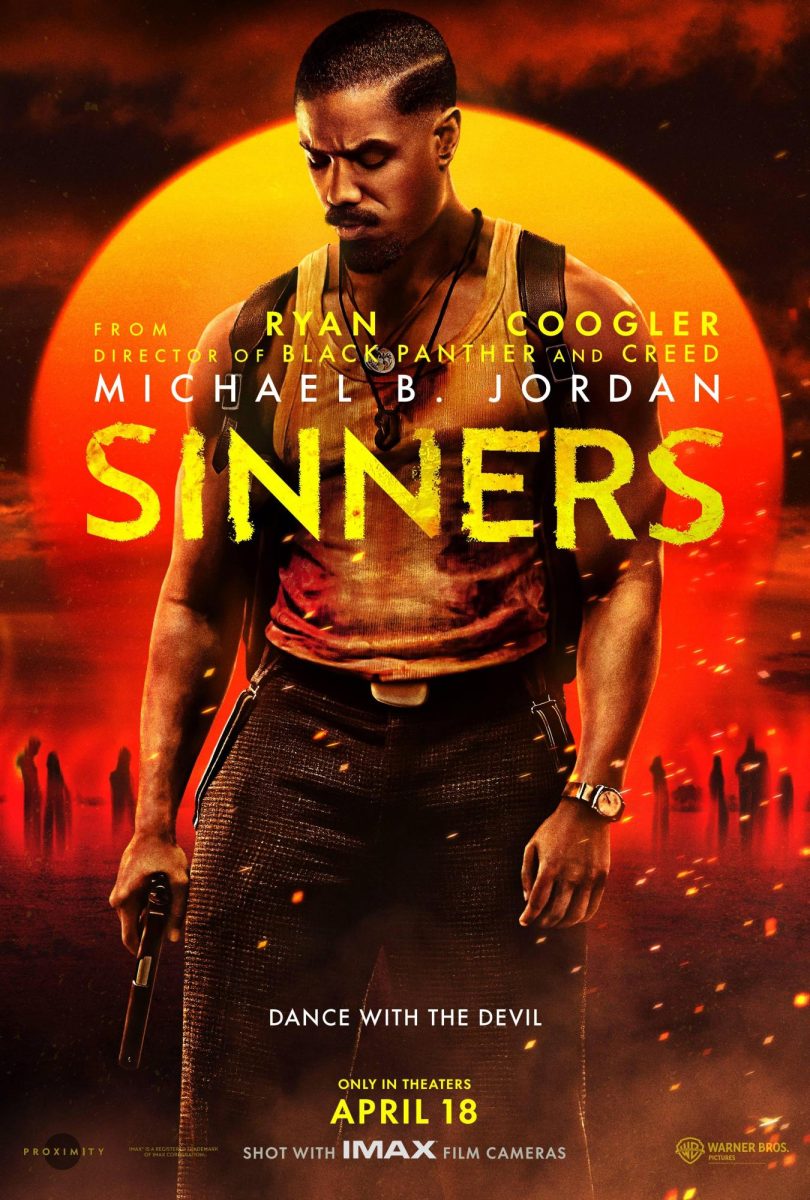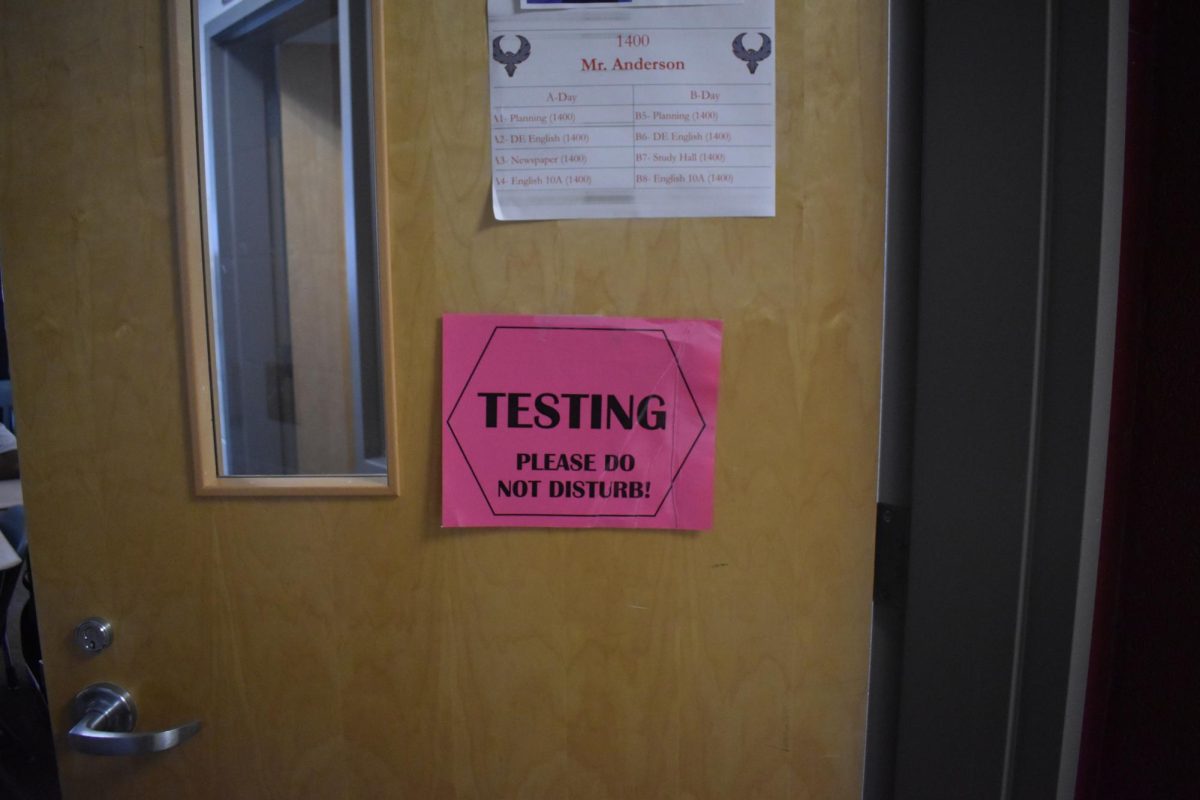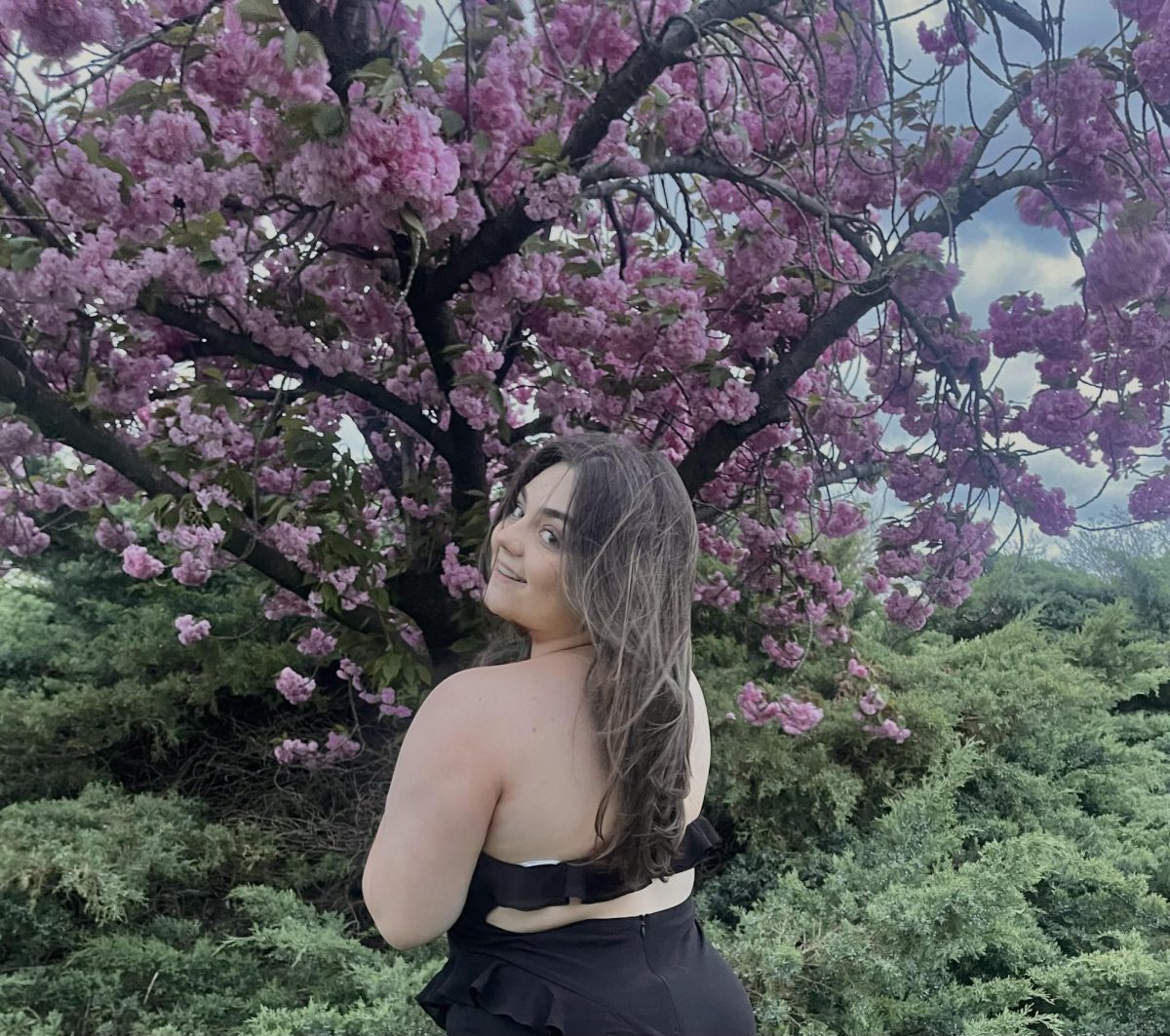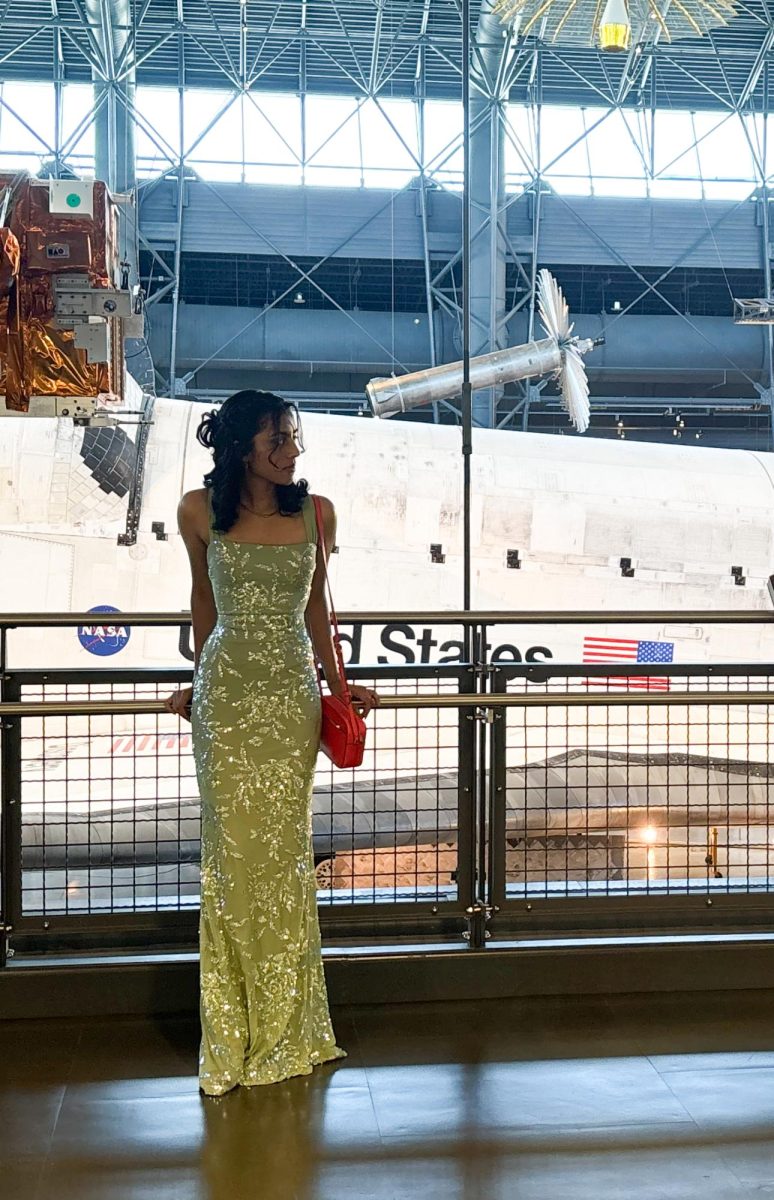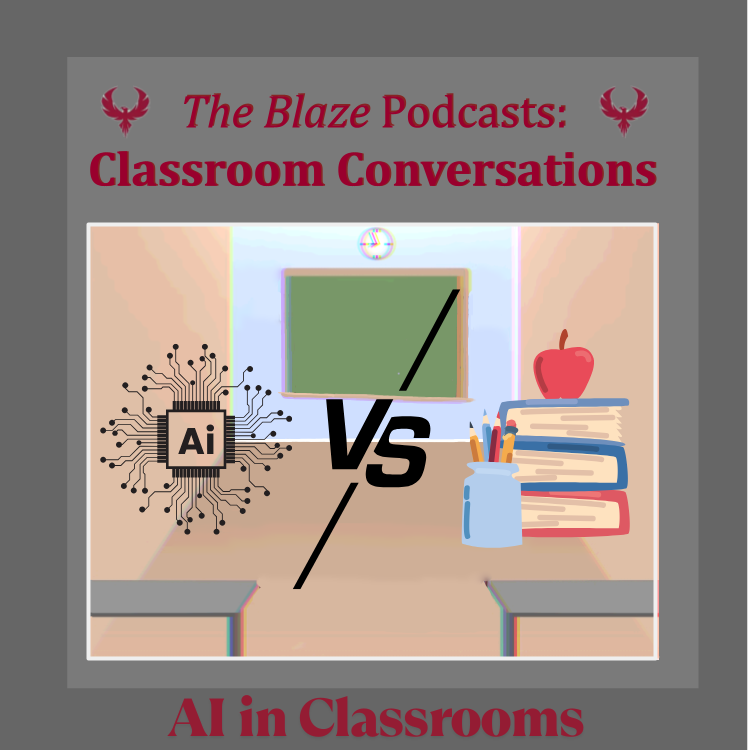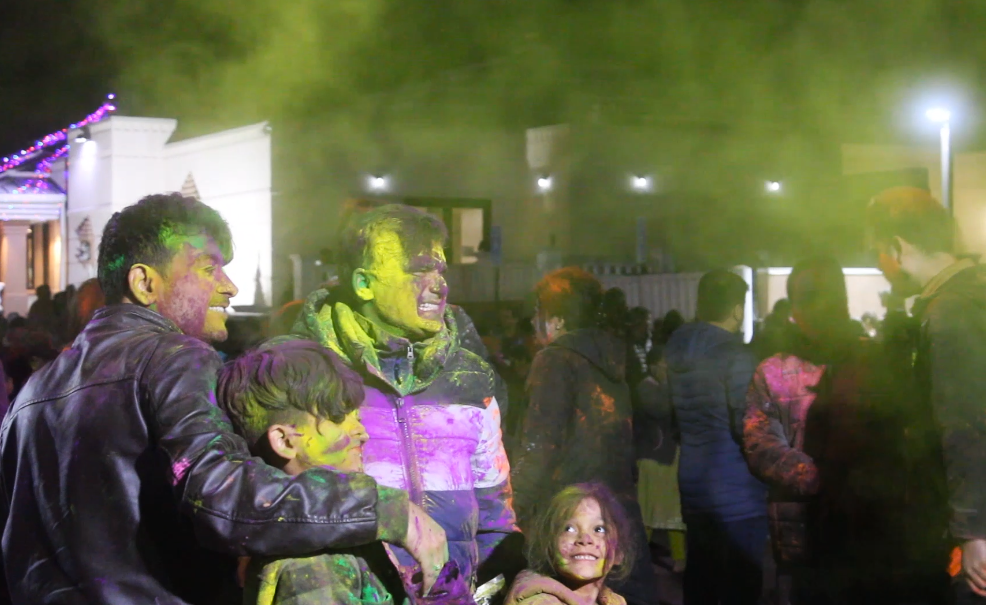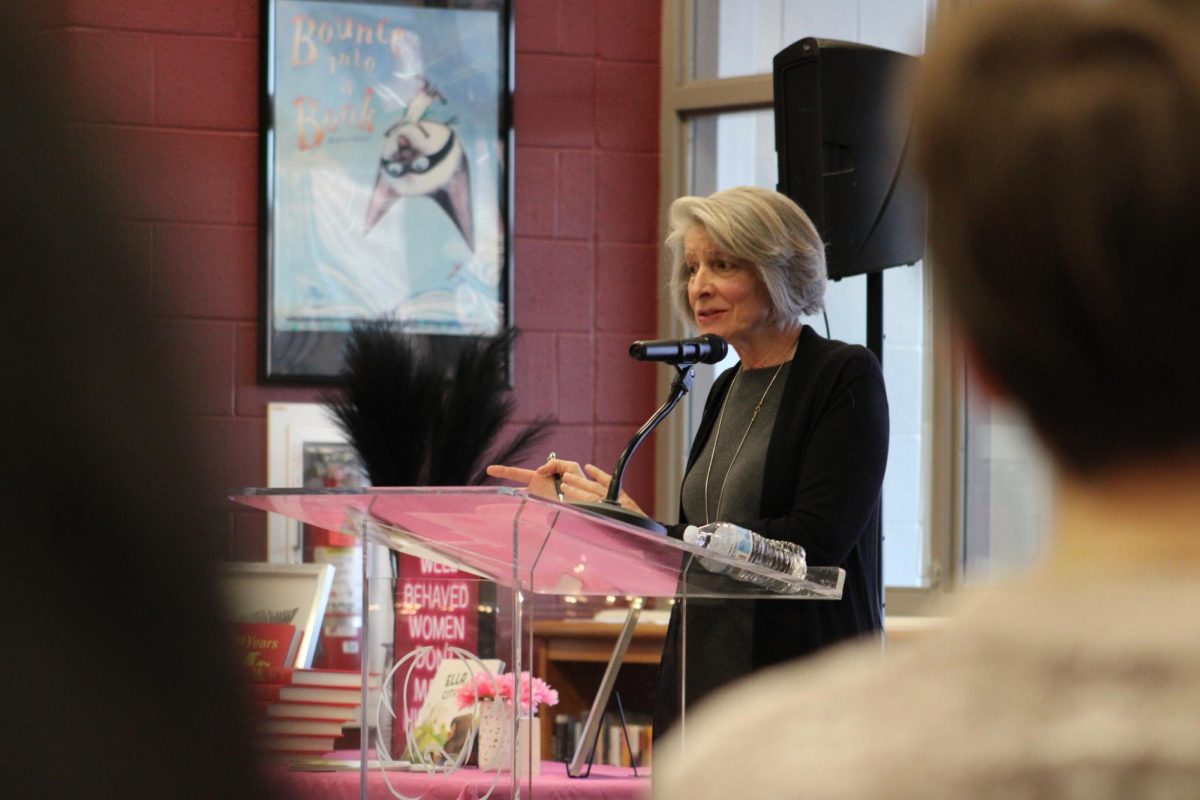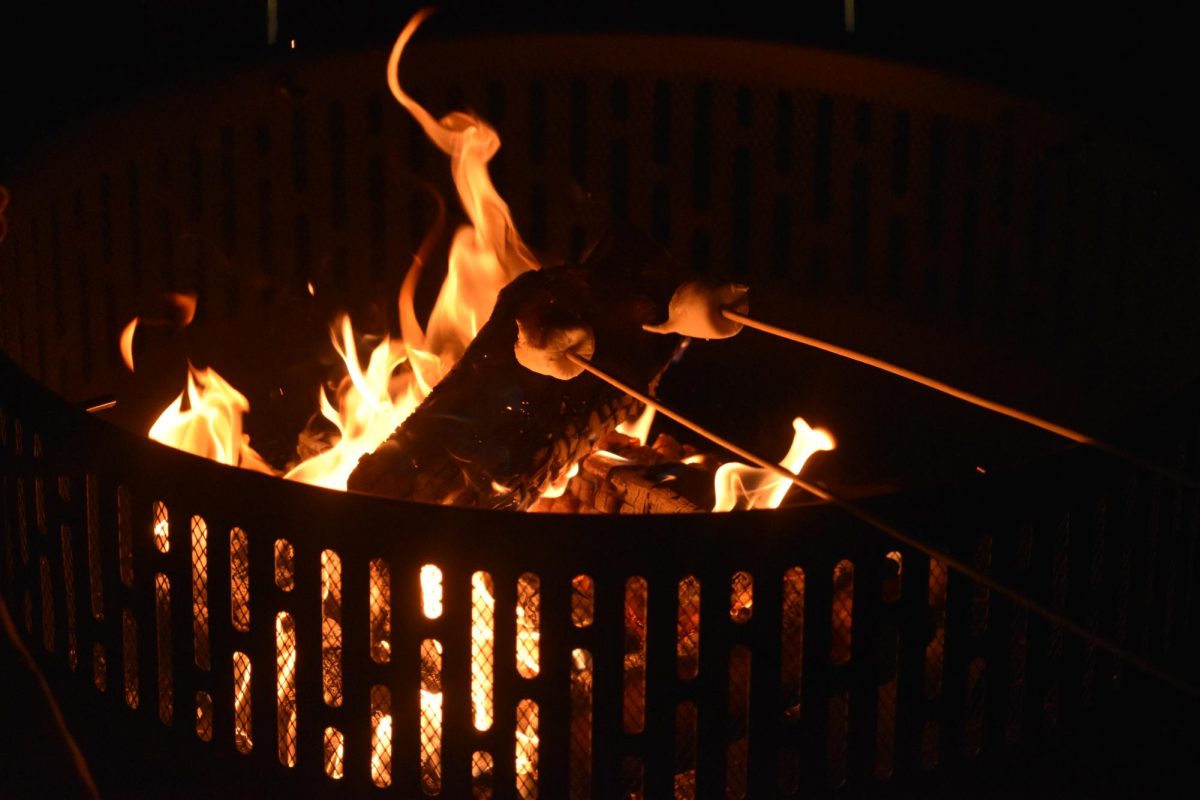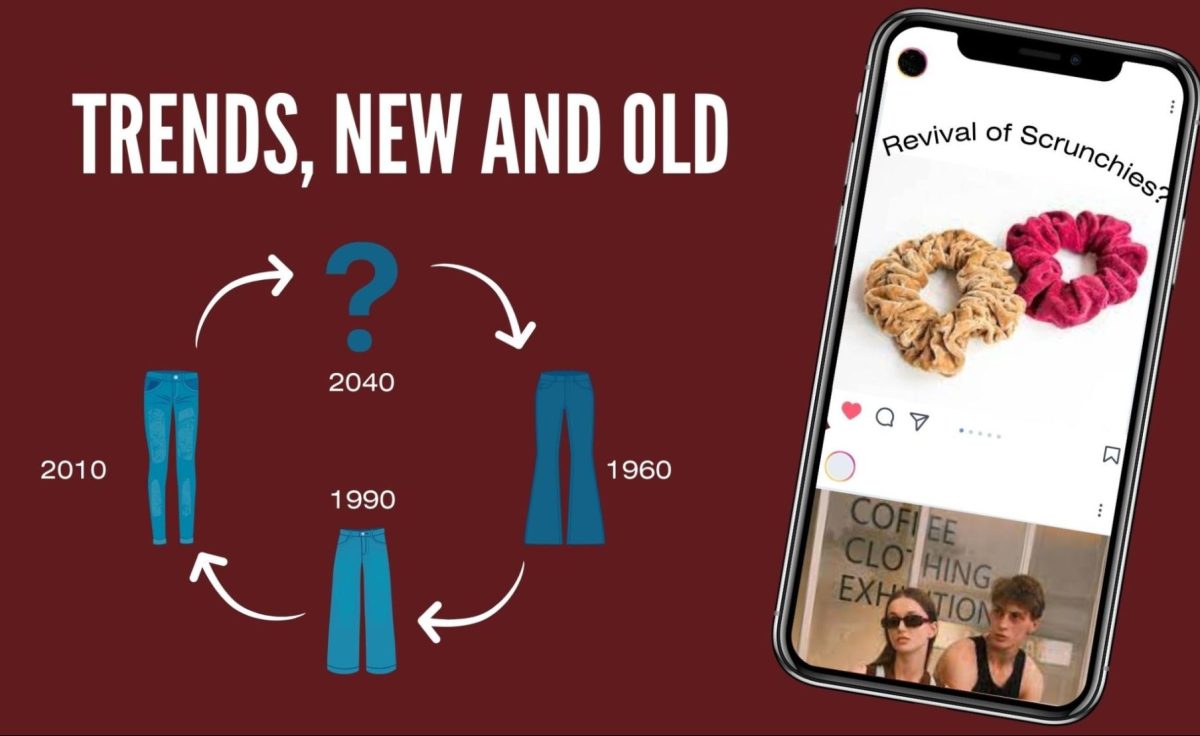Scrunchies, jean styles, and platforms have all made comebacks at the turn of this century. Fashion trends that the generations before have loved made a comeback in 2023, each with their own twists.
Designers, like most people, are influenced by history. The Italian luxury fashion house known for its over-the-top designs, Moschino, created a spring-summer 2020 collection, for example, that paid homage to Spanish artist Pablo Picasso. The creative director at the time, Jeremy Scott, wanted to showcase the bold colors and abstract shapes of Picasso but add his own flair. He created a line that took paintings and sculptures that Picasso made and adapted them into clothing to be worn on the runway. Senior Manasvi Sharma is an enthusiast of old trends and is excited when she sees them returning. “It just really highlights how fashion is just a cycle and when things go out of trend they eventually pop back up,” Sharma said.
In many cases, there isn’t a specific product that makes another round through the catalogs, but rather a variation of the same trend that has been seen throughout the years. Pant styles are a popular example. From straight-cut to baggy and flare, there are so many options that weave in and out of style. Today, flare and baggy are seen more often than the skinny jeans from the 2000s. This is a throwback to the 90s when pop stars like Britney Spears and Christina Aguilera paired their baggy low-rise jeans with a cropped tee.
Skirts are another prime example of how styles within a style change. They date all the way back to 3900 BC when a straw-woven skirt was found in a cave in Armenia. In 16th-century Scotland, kilts were the norm and were primarily worn by men. As time went on, skirts began to shift to the female audience. They began to represent not only the trend but also the state of the world in which skirts were worn.
The 1920s brought a newfound freedom for women who were now able to drive, vote, and more. This was shown through the Flapper era, a very loose and free time for skirts. When feminism took hold in the 60s, skirts began to get shorter and reflected a new version of freedom from the 20s. In the 1990s to 2000s, mini skirts came on strong and have held the hearts of fashion lovers worldwide. Sharma holds plaid skirts high up on her list, a favorite fashion trend. “I think they are super cute and versatile,” Sharma said. “I remember seeing a lot of them in older 90s pictures. They can be worn in any kind of way, and they are not stuck to one aesthetic or type of look.”
Style has always been a form of self-expression, especially in times of change, since the dawn of fashion. In the 21st century, it comes back in ways that haven’t been experienced before, and technology makes a difference. In order for trends to be changed and minds to be influenced, a large number of people have to learn about it in a relatively short period of time. Before the emergence of social media, many ideas came from magazine catalogs and word of mouth — or eyes, in this case. The rise of social media influencers has led to rapid shifts in how clothing is worn and what is worn. The style in 2020 isn’t the same as it is today. This is mostly a result of micro-trends, a term used to describe phases in fashion of three to six months instead of the years it normally spent in the cycle. Brands, such as JCPenny, can struggle to keep up, as the standard used to be 20 years per cycle of style.
However, regardless of how fast these trends move, people have always been able to add their own touch. Some miss the slow cycle, while others enjoy and embrace the change. “I would not [want to be born in the 90s] in terms of the fashion,” sophomore Bailey Walker said. “I feel like if I was born in the 90s, I’d only really get to experience the 90s fashion. I feel like there have been so many different decades of fashion, and I have been able to experience a lot of it resurfacing.”

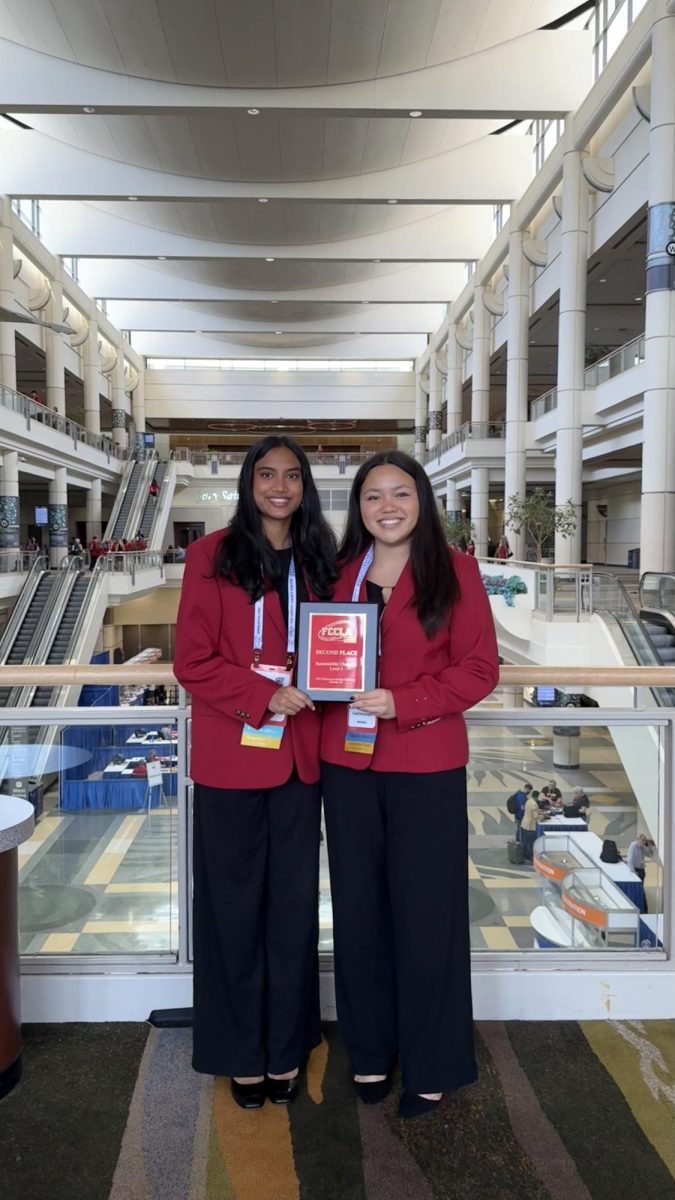
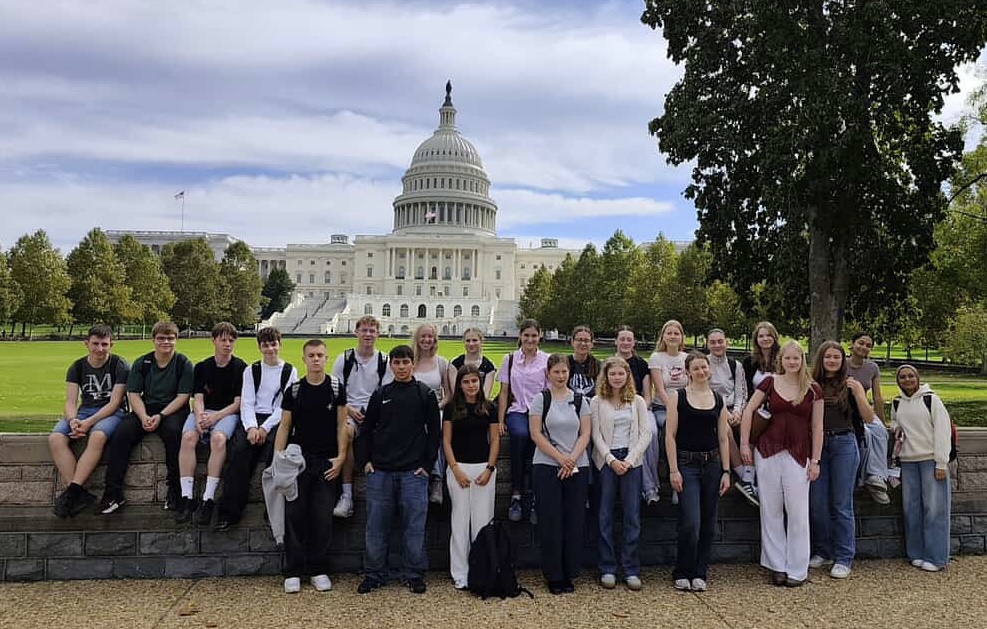
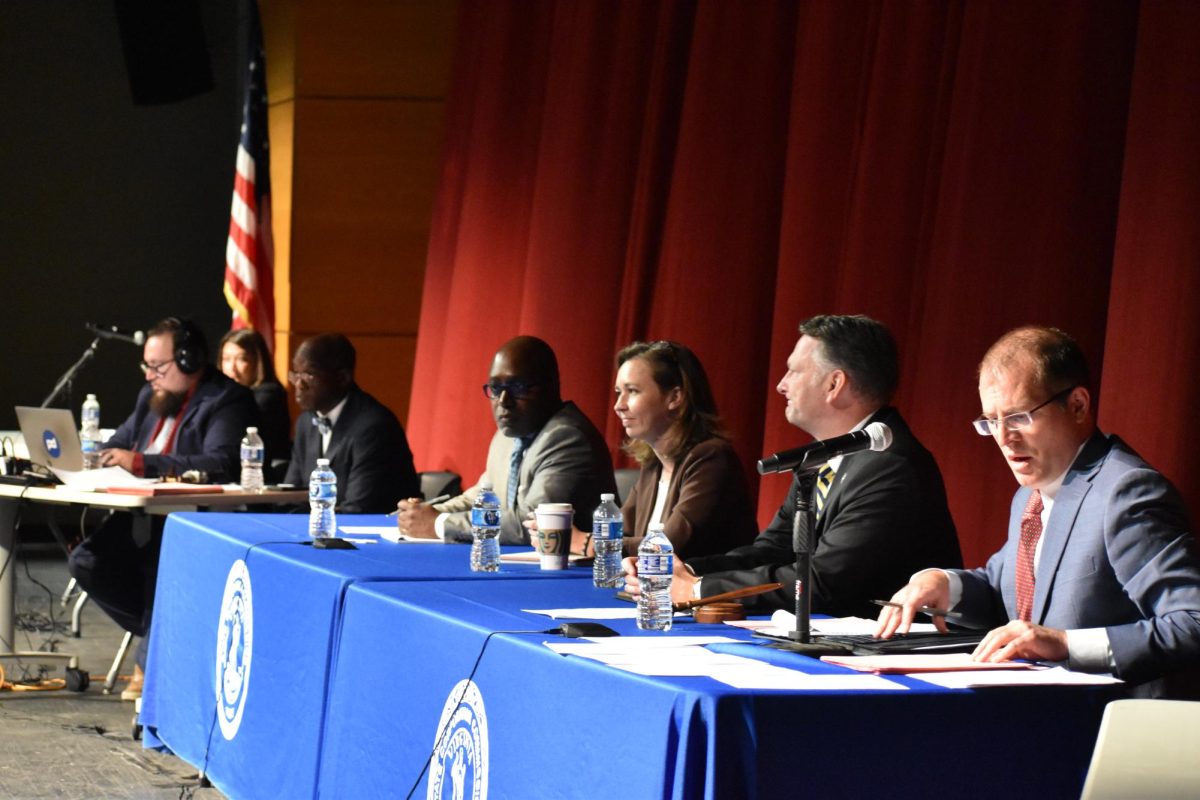

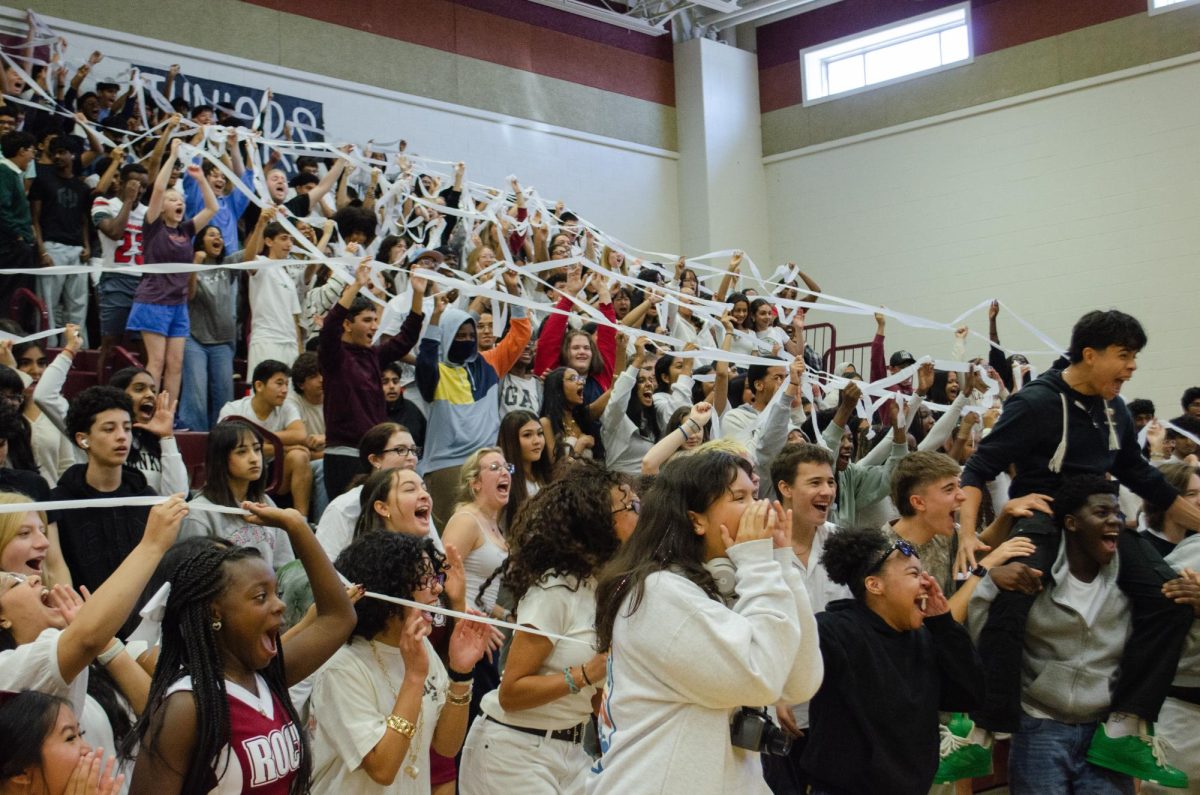

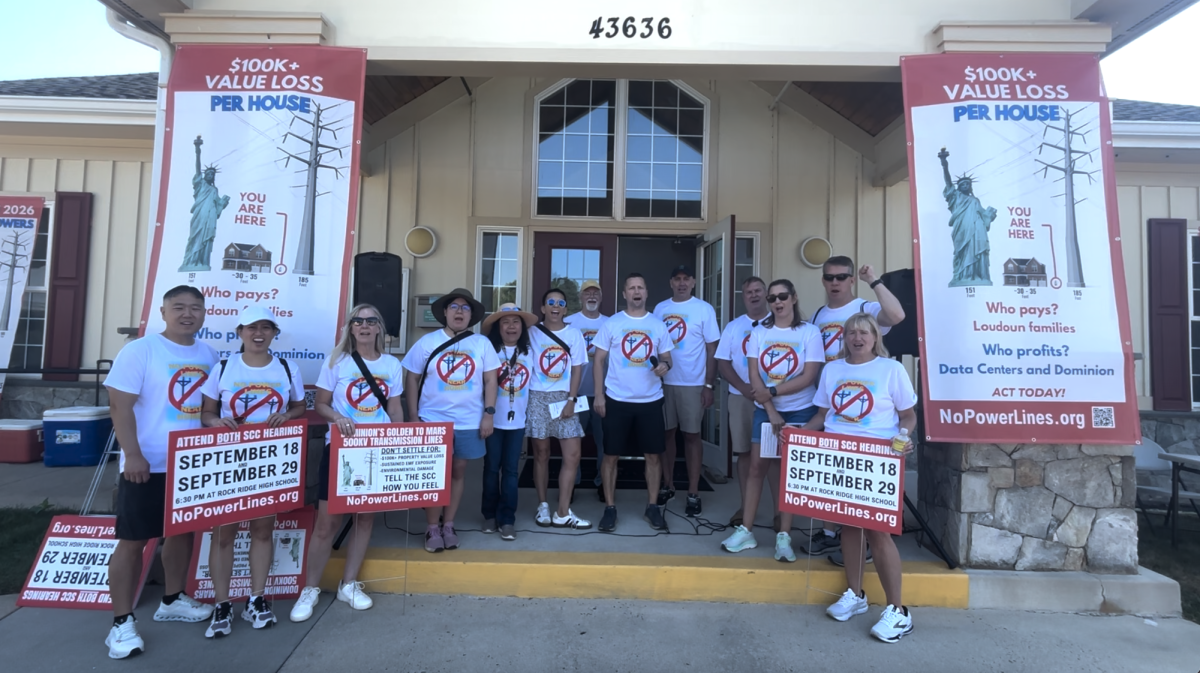
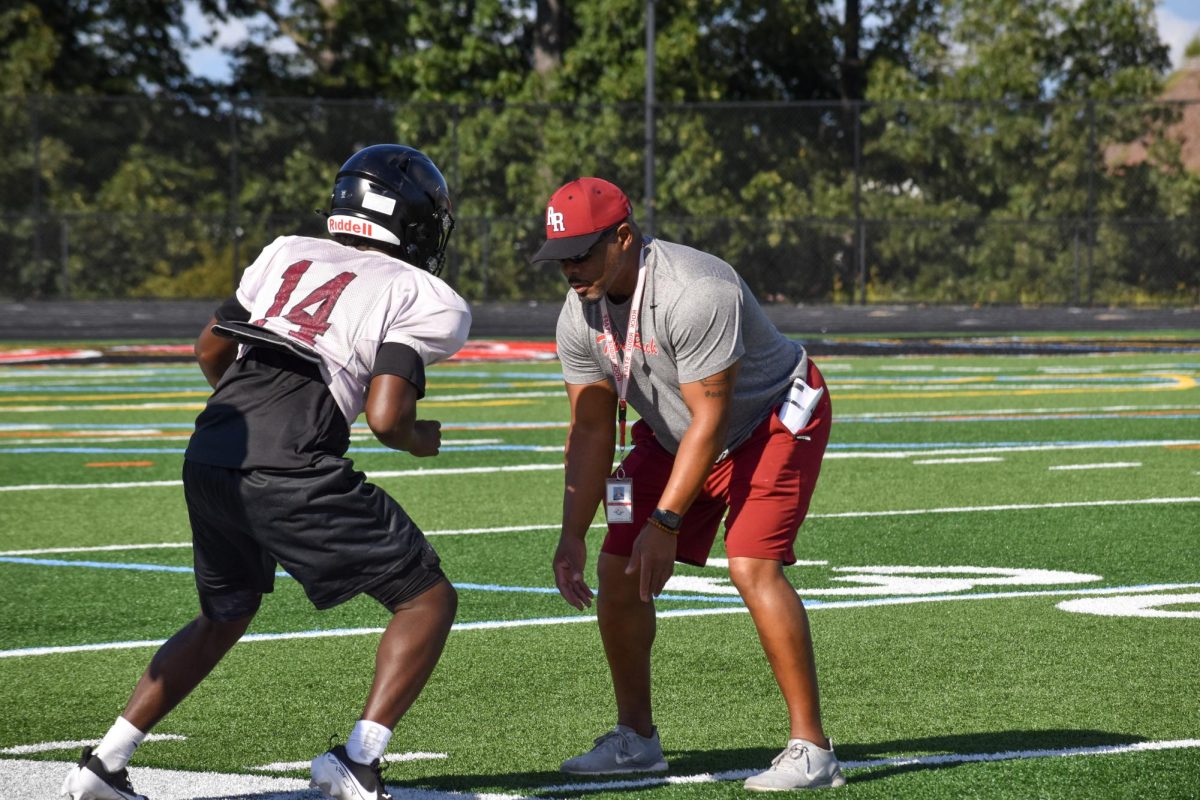





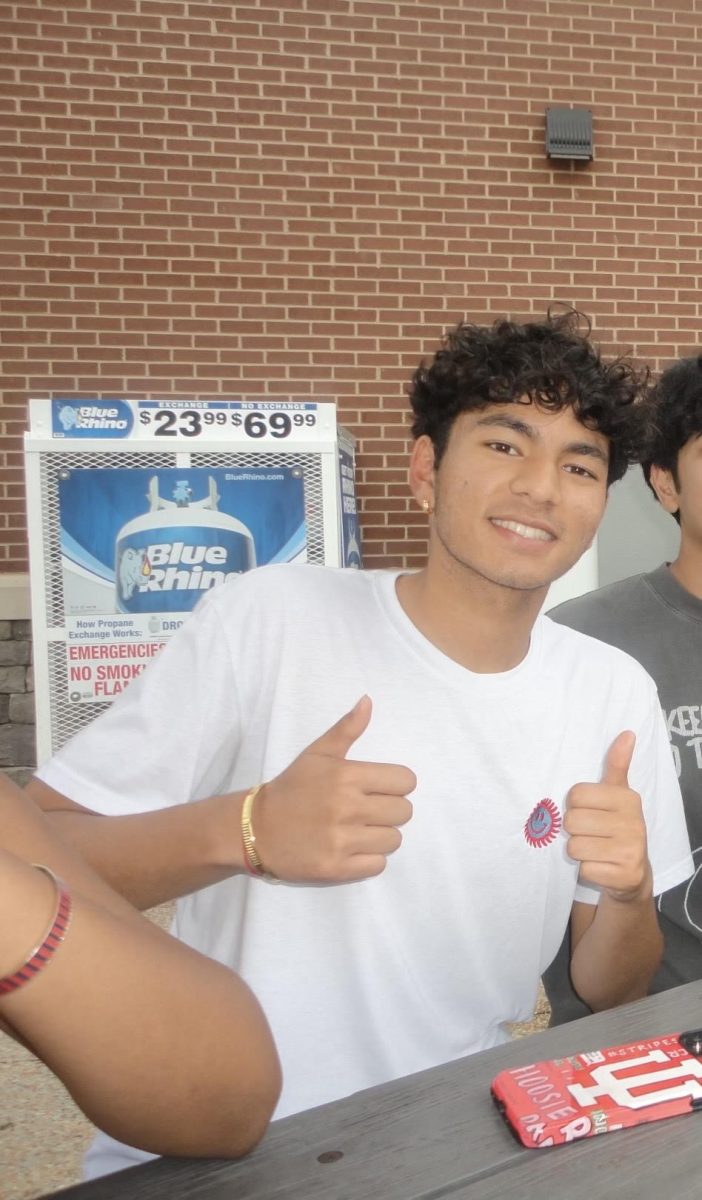
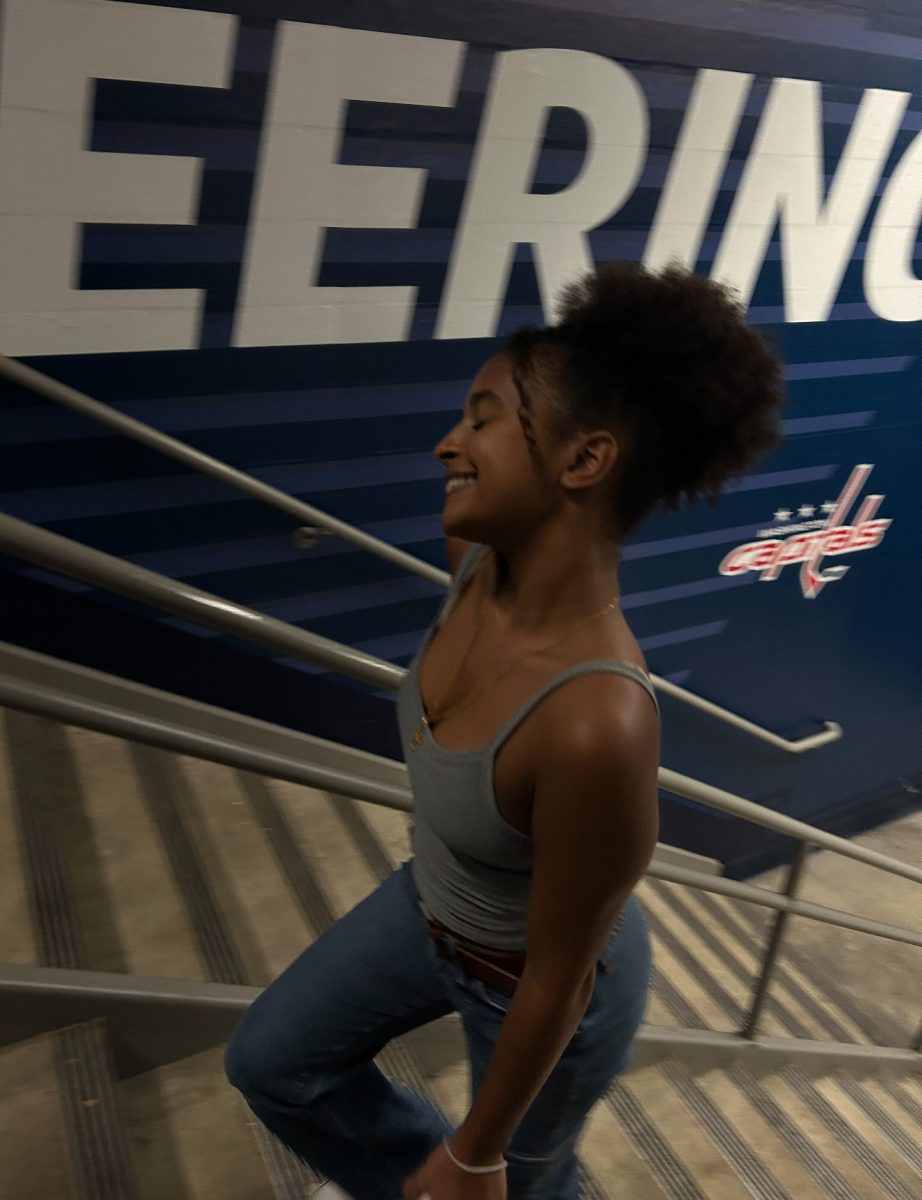
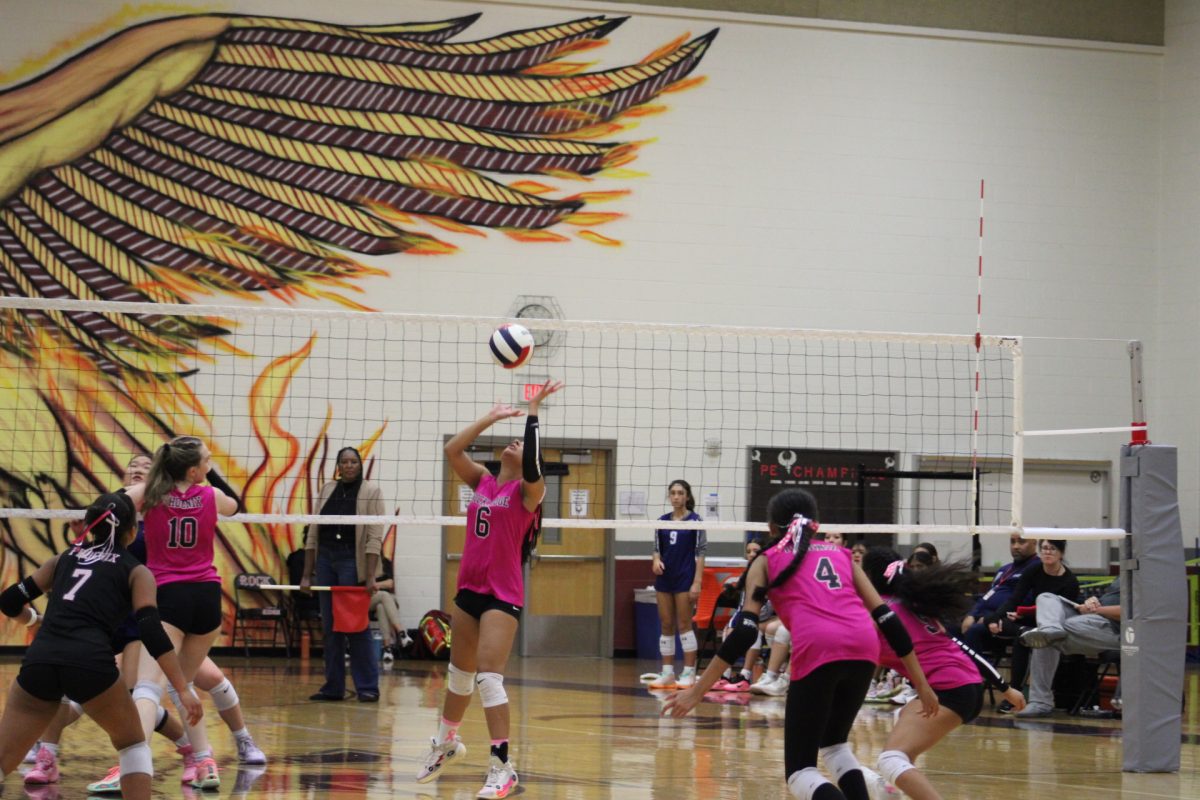
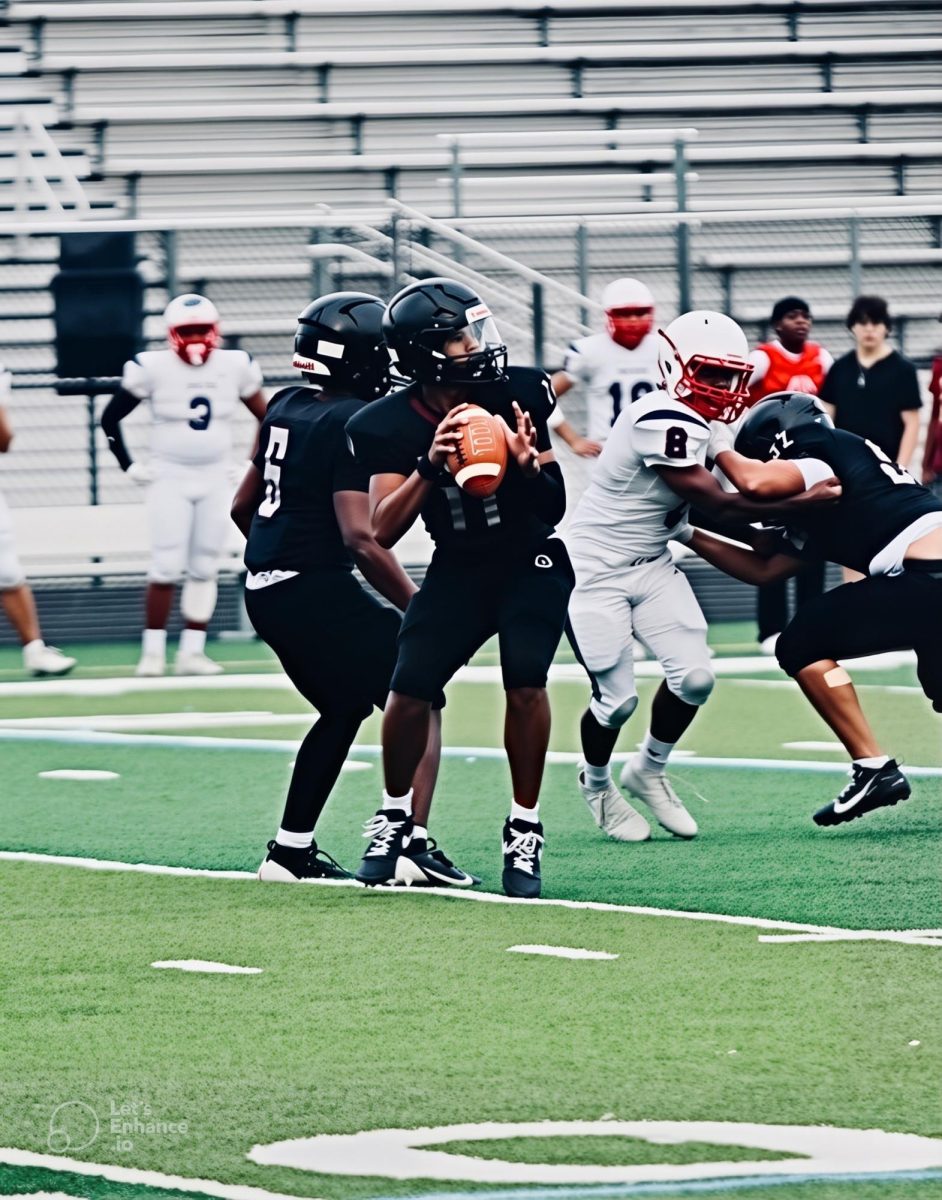
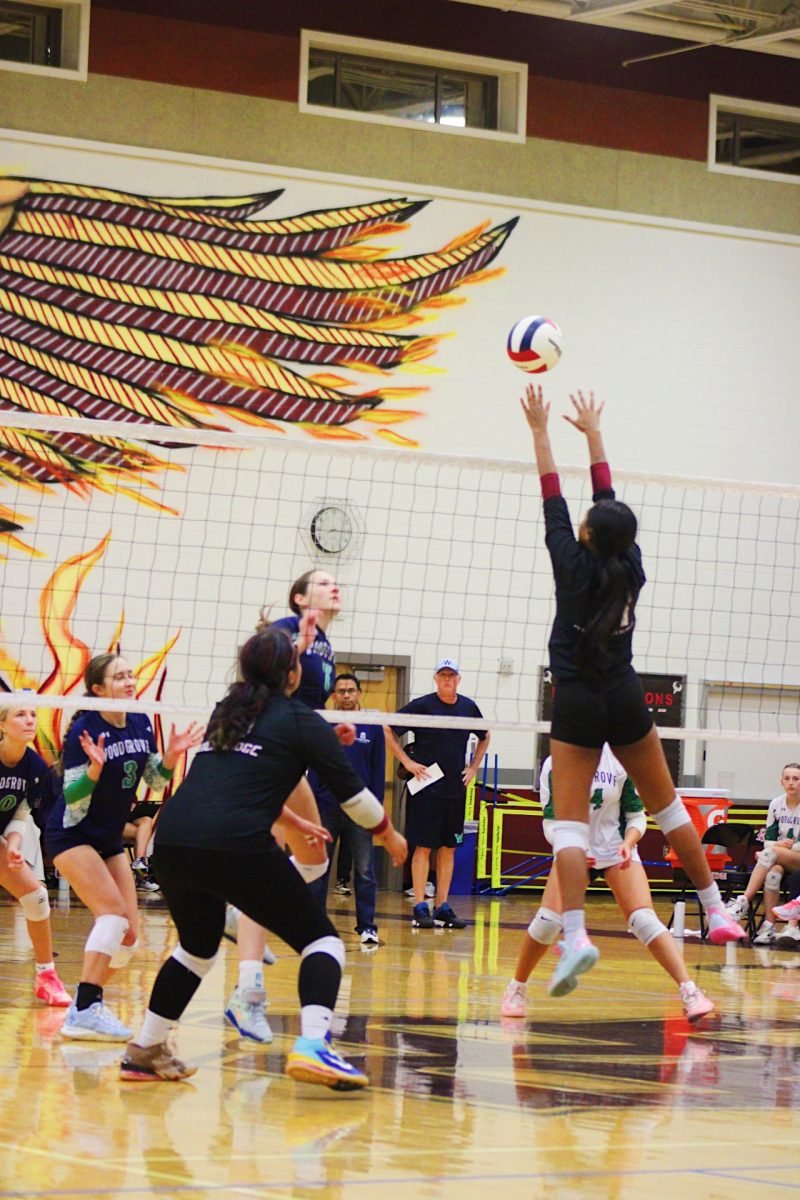
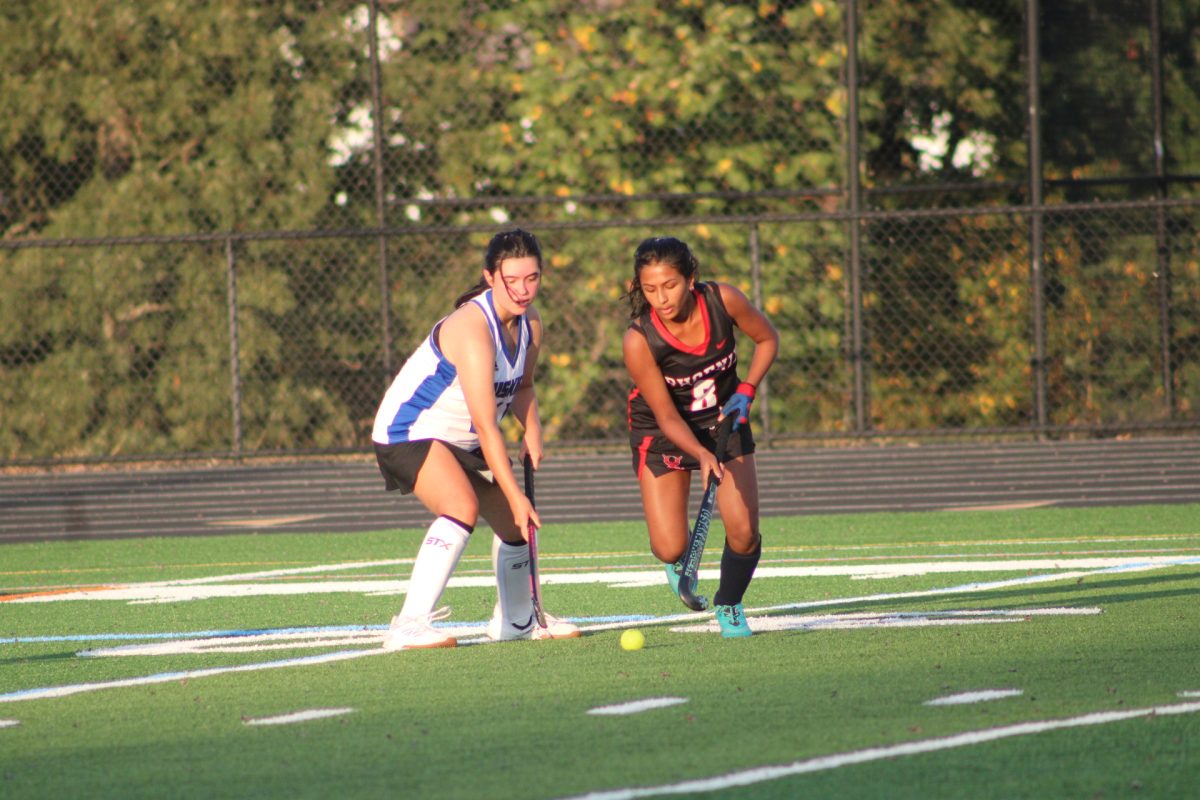
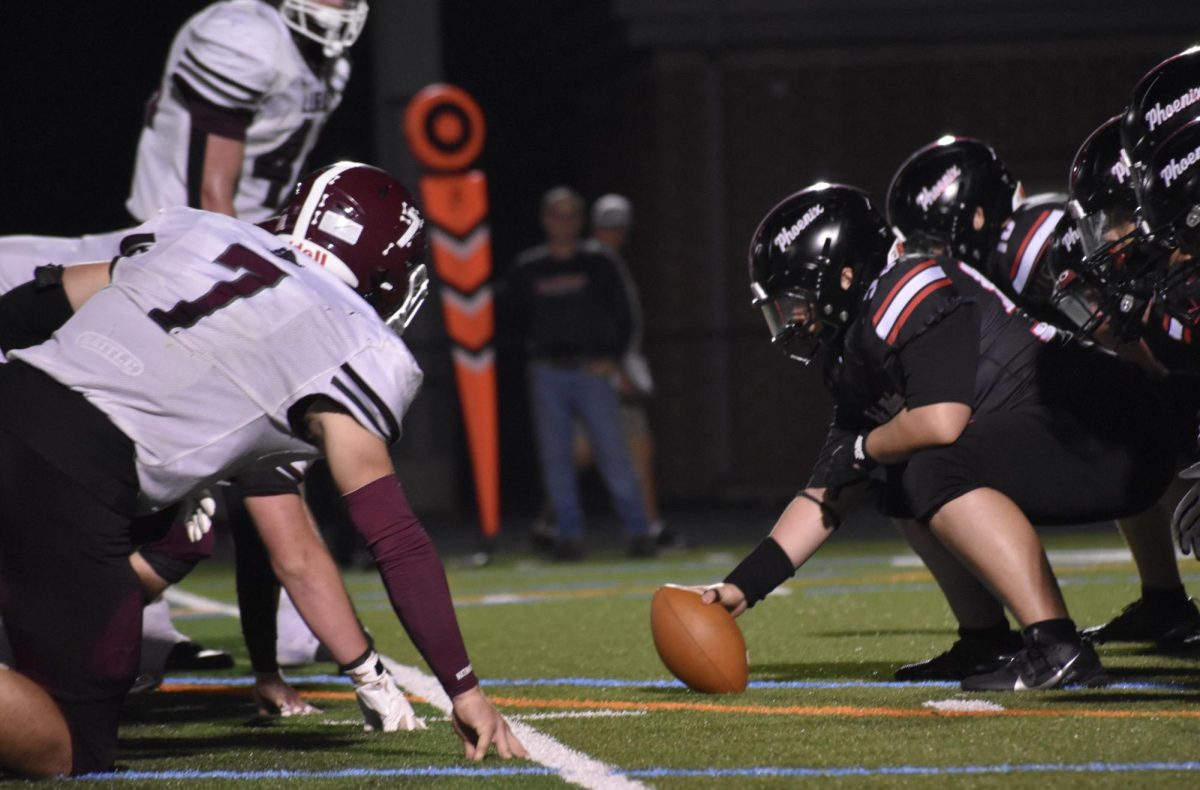


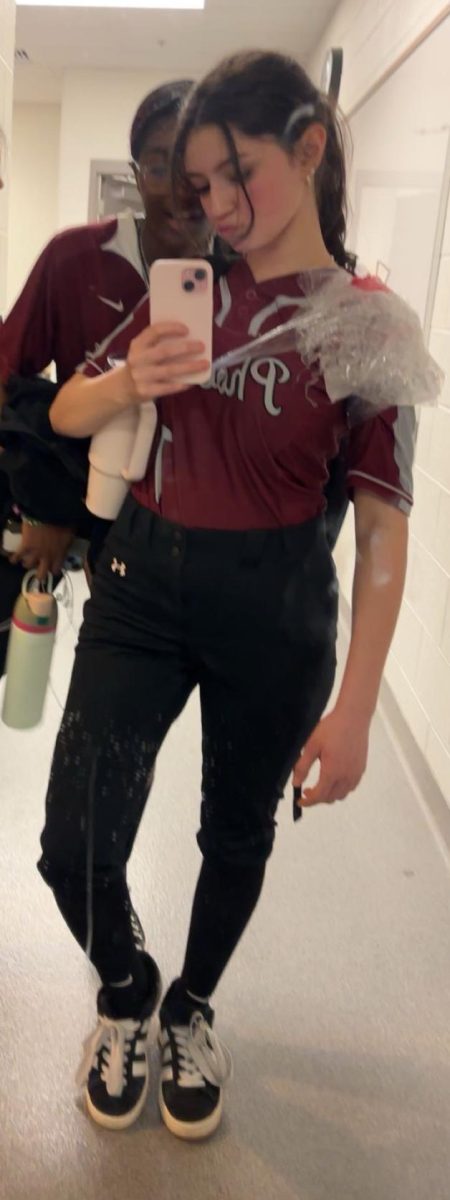

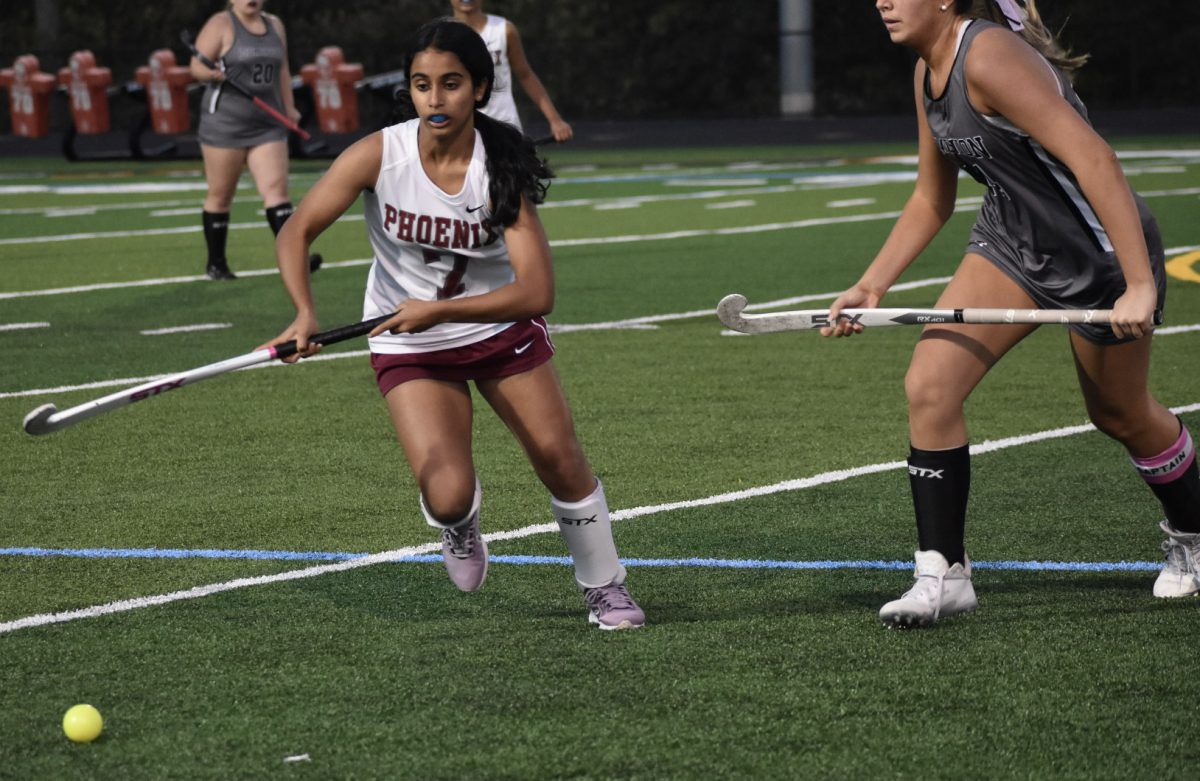
![The Phoenix varsity volleyball team lines up for the national anthem. “We were more communicative [with each other] during this game, and I feel like we kept our energy up, especially after the first set,” senior Jessica Valdov said.](https://theblazerrhs.com/wp-content/uploads/2024/10/DSC_0202-1200x800.jpg)
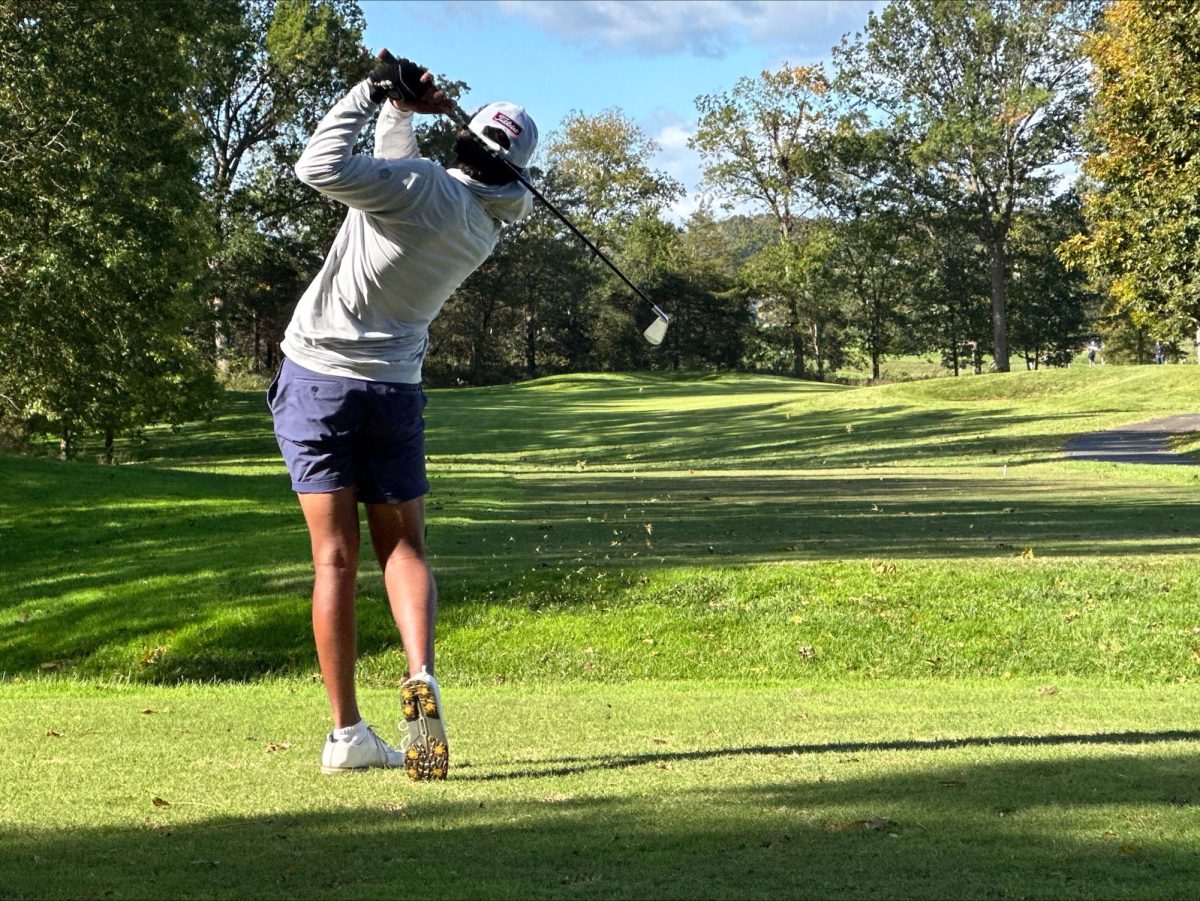
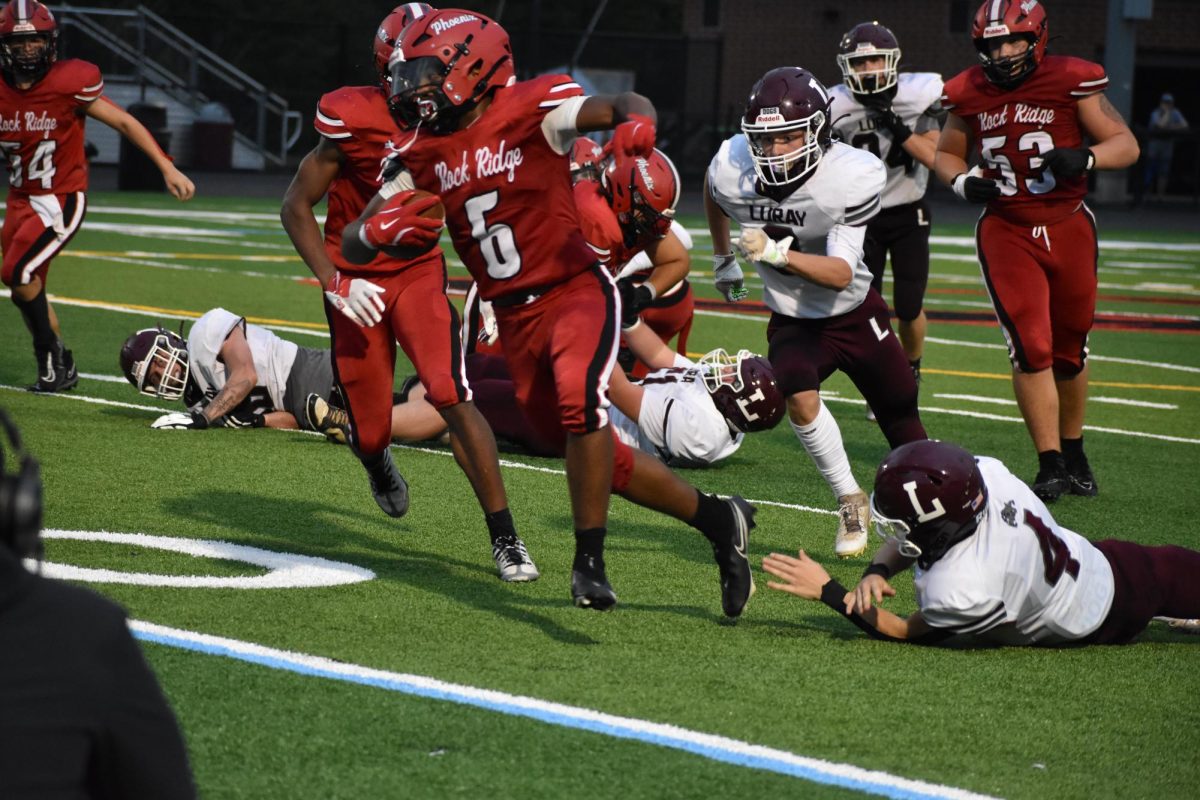
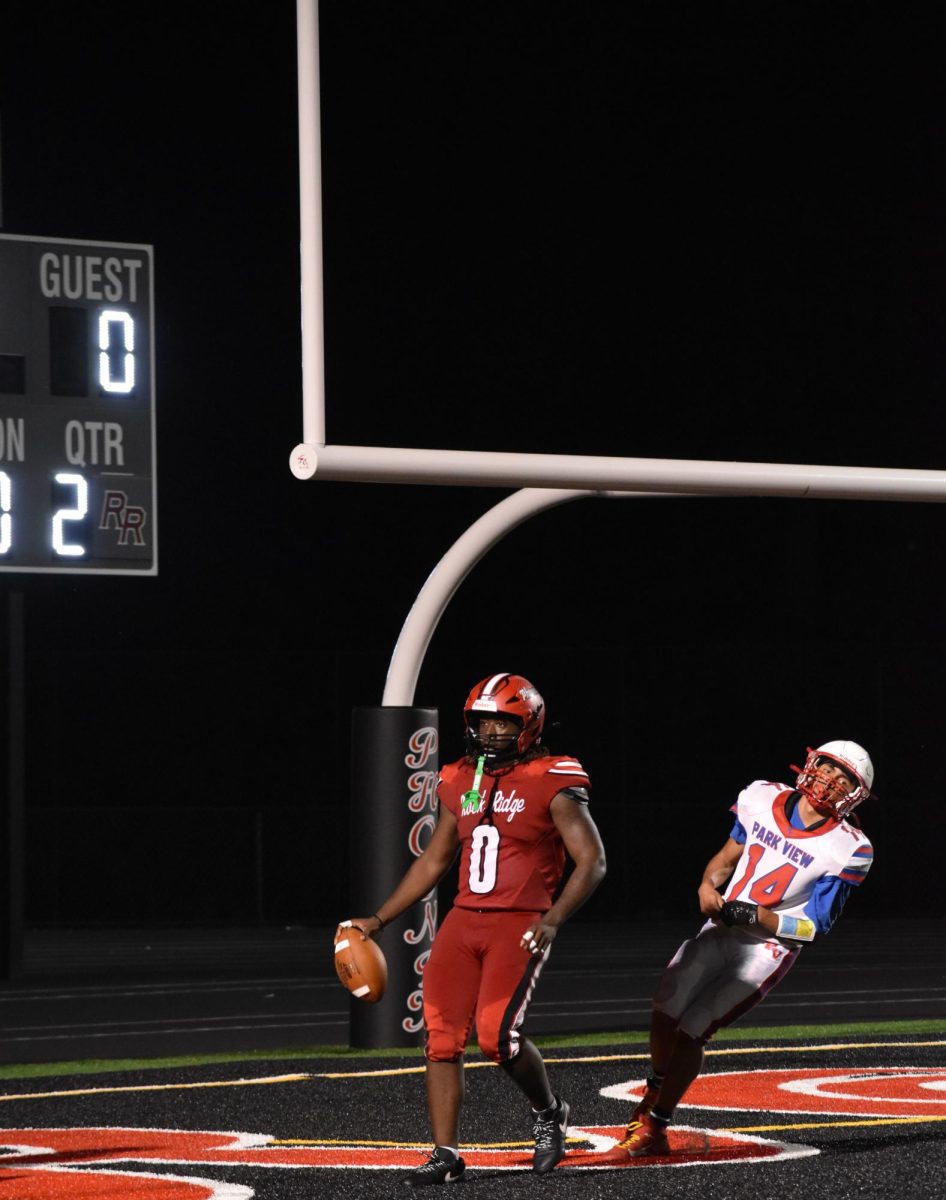
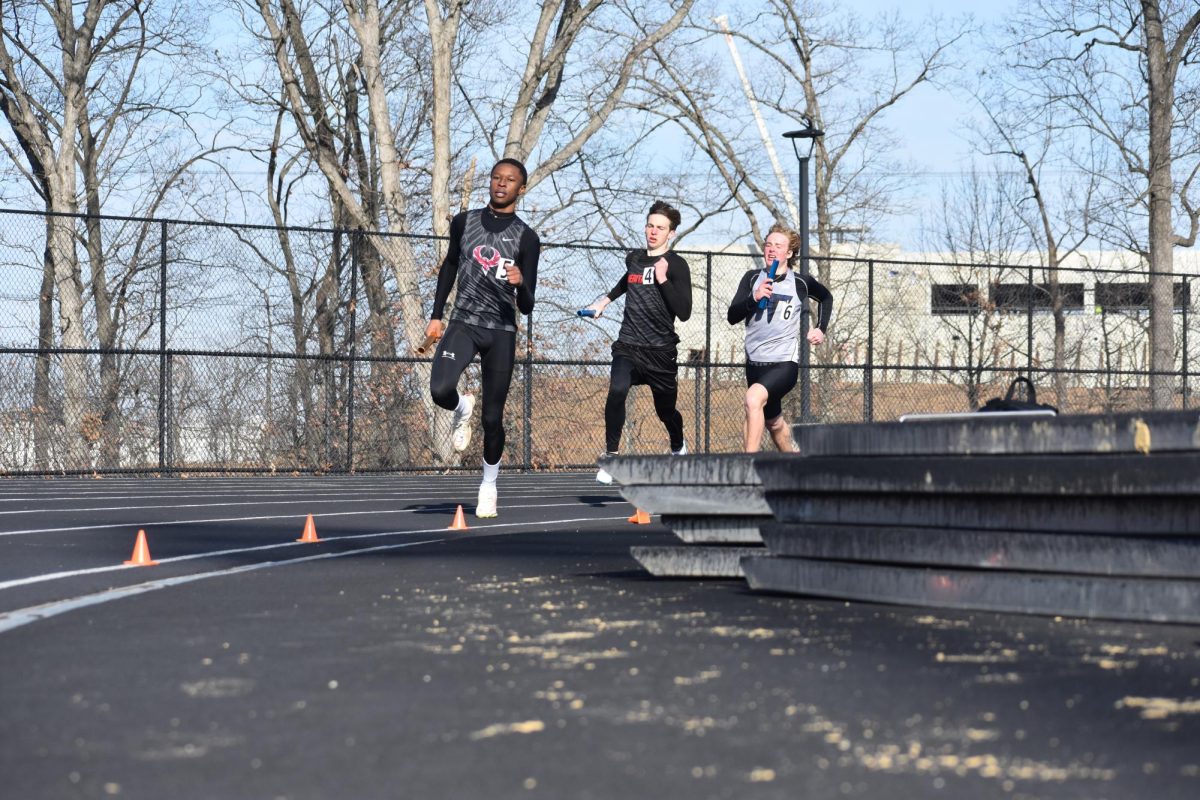
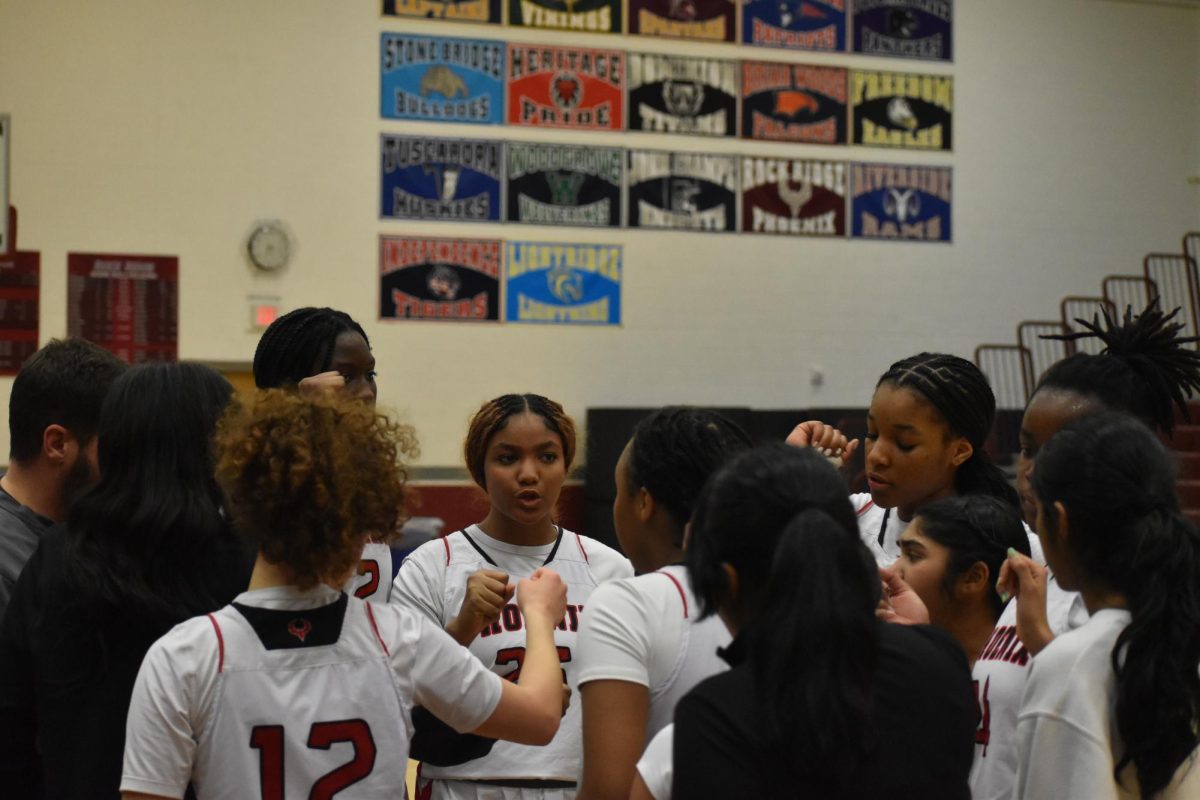
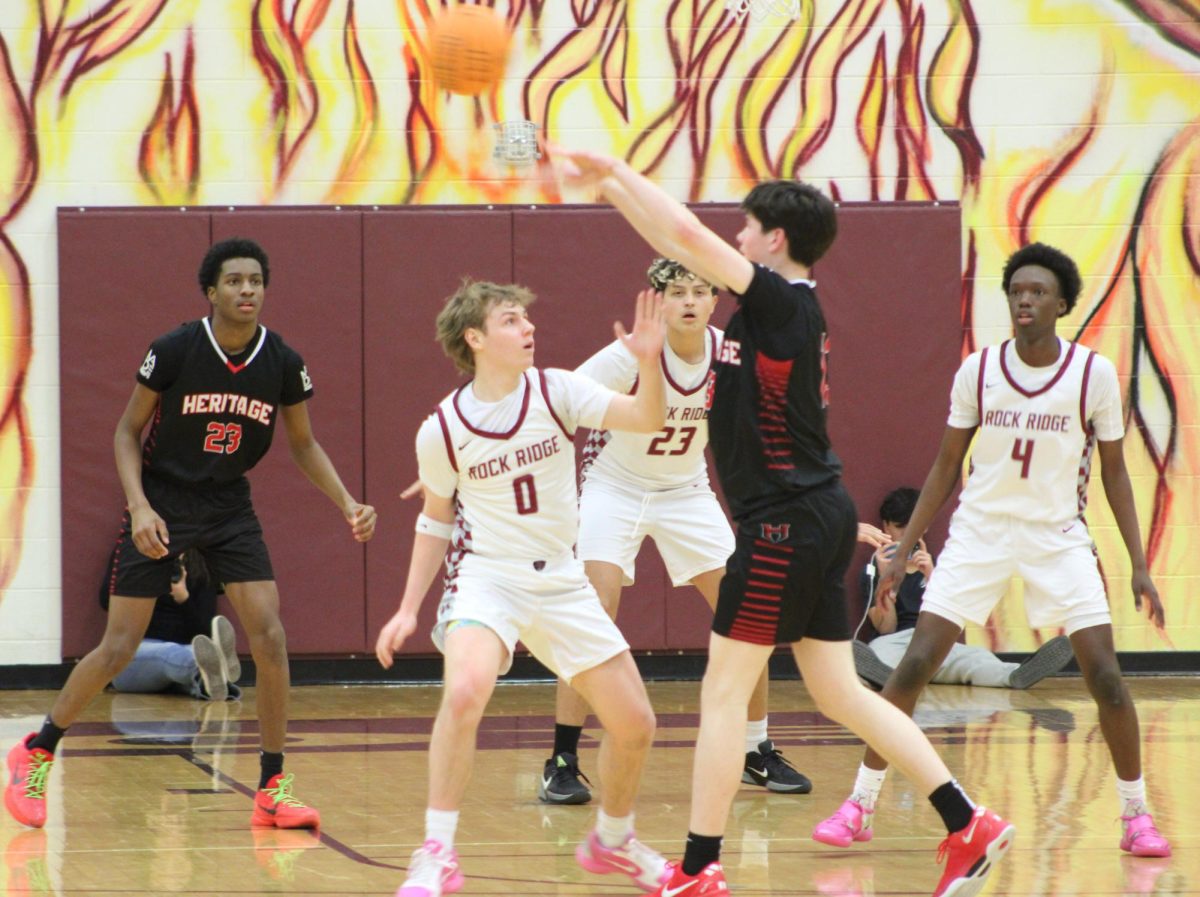
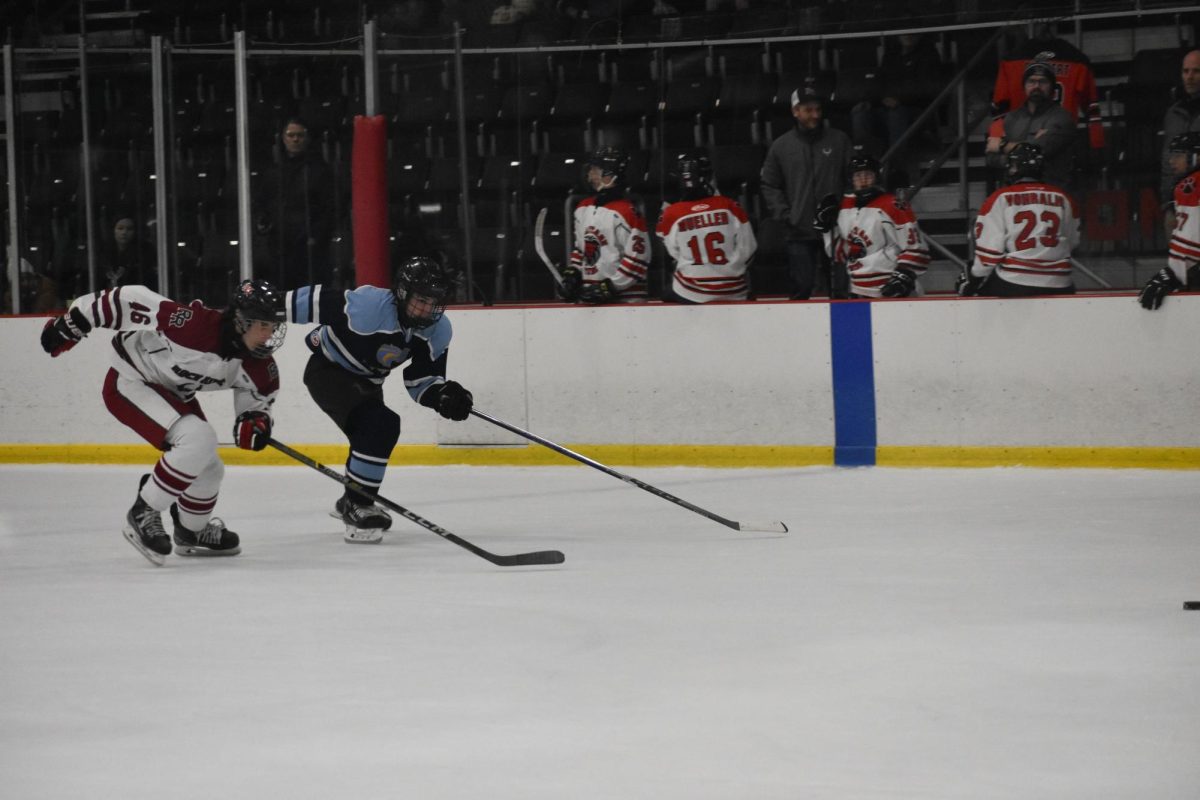

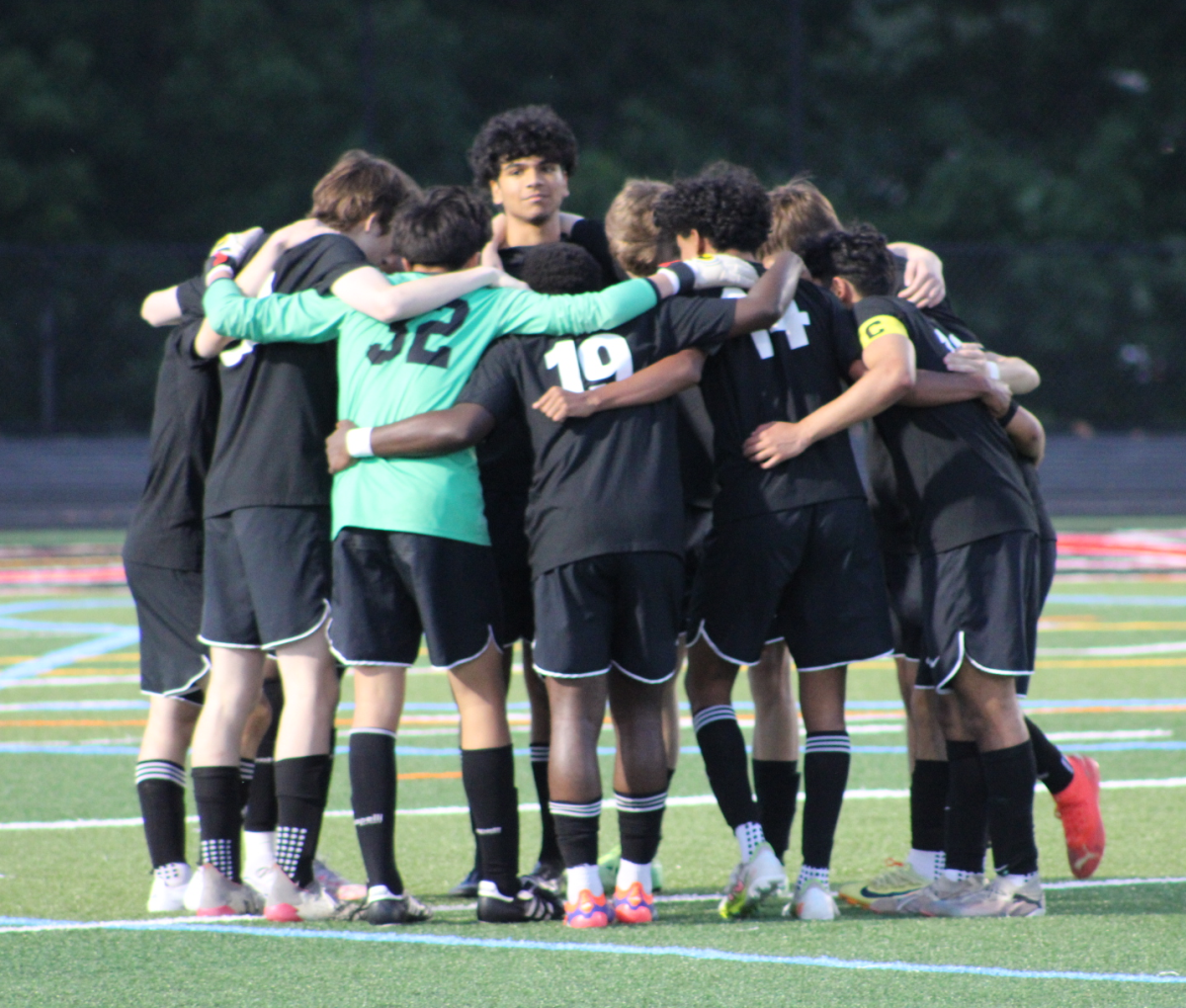
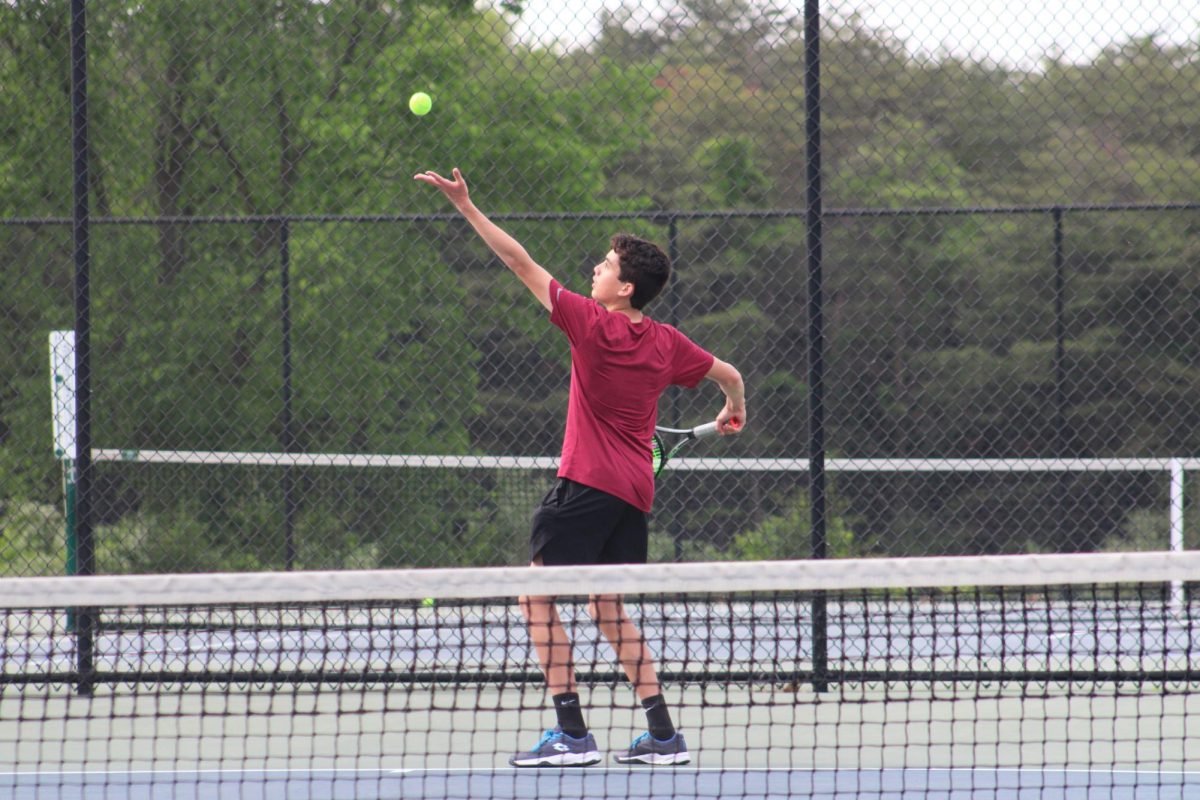
![Junior Alex Alkhal pitches the ball. “[I] just let it go and keep practicing so we can focus on our goal for the next game to get better as a team,” Alkhal said.](https://theblazerrhs.com/wp-content/uploads/2025/05/DSC_0013-1-1200x929.jpg)

